
Emergency department (ED) boarding continues to strain hospitals nationwide, resulting in delayed care, staff burnout, and poor outcomes. But ED congestion is not an isolated issue—it’s often a downstream symptom of broader operational misalignment across inpatient settings. Unlocking sustainable improvements requires a shift upstream.
In this session, Jason Harber, Senior Vice President of Client Services for iQueue for Inpatient Flow at LeanTaaS, will show how leading health systems are reducing ED boarding by rethinking hospital throughput from the inside out. Drawing on the experiences of more than 30 health systems and 100+ hospitals, Jason will outline how AI-powered solutions are helping hospitals:
Gain insight into the next frontier in ED operations—using predictive analytics to anticipate surges, streamline triage, and stay ahead of bottlenecks before they impact care.
This session offers a practical framework for designing end-to-end flow strategies that move beyond quick fixes—empowering health systems to optimize every hospital node and keep the ED front door open to those who need it most.






Take the first step towards unlocking capacity, generating ROI, and increasing patient access.
If you work in the healthcare industry, or even if you’re just an interested observer, you don’t need a book to tell you that the financial pressure is on as never before. A perfect storm of circumstances is swirling together, one that will make survivability, not to mention profitability, a greater challenge for healthcare companies than we’ve seen in the modern era.
As with banks, retailers, and airlines, which had to rapidly enhance their brick-and-mortar footprints with robust online business models—it is the early movers eager to gain new efficiencies that will thrive and gain market share. The slow-to-move and the inefficient will end up being consolidated into larger health systems seeking to expand their geographical footprints.
Let’s look at just a few of the looming challenges healthcare must meet head-on.
An aging population
By the year 2030, the number of adults sixty-five years of age or older will exceed the number of children eighteen years or younger in the United States. We are living longer than our parents did. Positive news for sure, but problematic for several reasons.
The older we get, the more medical help we need. Older people have more chronic diseases. By 2025, nearly 50 percent of the population will suffer from one or more chronic diseases that will require ongoing medical intervention. This combination of an aging population and an increase in chronic diseases will create a ballooning demand for healthcare services.